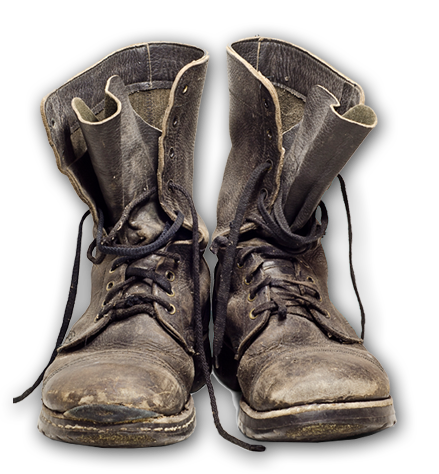Walking amongst the Gods
July 02, 2008
On the morning of June 16, after a nine and a half hour flight from Toronto, my husband and I found ourselves searching for coffee in the city of Athens, Greece. This was the start of a trip we had talked about for five years or more, and the day had finally arrived!
Named after the goddess, Athena, Athens is crowded, hurried and frenetic. Scooters and mopeds own the narrow streets – or so they think – darting in and out of traffic, and parking wherever they please. At an intersection, when the light turns red, the scooters zoom out in front of the cars and buses to get a head start as if in a race. Marble, so precious to us in North America, is as ubiquitous as concrete. (They mine the stuff.) In sharp contrast, graffiti seems to be the wall colour of choice.
You can buy and drink beer on the streets, and pretty much everyone smokes – even the waitress taking our order has a cigarette in her mouth. I think it was the Greeks who invented the outdoor living room, now so popular in our side of the world. Outdoor cafes are everywhere with beautiful loungers, coffee tables and umbrellas that I wish I could stuff in my suitcase for my still-bare back deck. Despite the flurry of activity that seems to pervade Athens, there’s no rush when you’re enjoying a cold beer or iced coffee at a cafe. People seem to linger for hours visiting or playing backgammon – apparently a game played by the ancient Greeks for thousands of years.
A blend of reality and myth, Athen’s past has been adopted into the present. As you might expect, modern day life is punctuated by the presence of gods, warriors and ancient philosophers. In the maze of streets, modern and neo-classic buildings, metropolitan shops, restaurants and outdoor cafes, it’s not uncommon to happen upon a preserved site of architectural ruins or a place of ancient worship. In fact, you couldn’t avoid them if you tried.
A tour of the city takes us to the highlights so we can orient ourselves: the Panathenaid Stadium – restored in 1895 where the very first modern Olympics were held. More recently, the stadium was the end point for a marathon event in the 2004 Olympics. Marble pillars at the front honour Greece’s gold and silver Olympic medalists; the Roman Agora (place of assembly), built between 19 and 11 BC with donations from Julius and Octavian Caesar. A nearly intact entrance gate and remaining columns bear testament to what was once a major meeting place for ancient Athenians.
Rising up in the centre of the city is the famed Acropolis, the highest point of Athens. On top of it is the Temple of Athena Parthenos, also known as the Parthenon, built in the 5th century BC. From the very humbling site of the Acropolis, one can see the extent of Athens. Nearly half of Greece’s population of 11 million resides in Athens, and the city stretches on for miles and miles. Because Greece is a seismic country and thus prone to earthquakes, the buildings can be no higher than eight stories, so instead of building up, they build out. We saw no single family dwellings in the city.
In the afternoon, we make our way to the Plaka, a market area with throngs of people and scores of small stores, tavernas and souvenir shops in a labyrinth of streets. We notice that the streets seem to be “themed.” There’s the “shoe stores” street, the “textiles” street, the “bead stores” street, and here’s one for you…the “fur coat” street! Imagine, selling fur coats in a city that has smothering 40 degree temperatures!

Louise, it sounds fabulous! I haven’t been to Greece yet, but I found a similar vibe of the modern next to architectural ruins in Italy on a 19-countries-in-21-days tour a number of years ago. It seemed every time construction began, it was halted while authorities checked out the ruins thus uncovered. The “new world” over here seems pretty darn new, doesn’t it?
Louise, it sounds fabulous! I haven’t been to Greece yet, but I found a similar vibe of the modern next to architectural ruins in Italy on a 19-countries-in-21-days tour a number of years ago. It seemed every time construction began, it was halted while authorities checked out the ruins thus uncovered. The “new world” over here seems pretty darn new, doesn’t it?